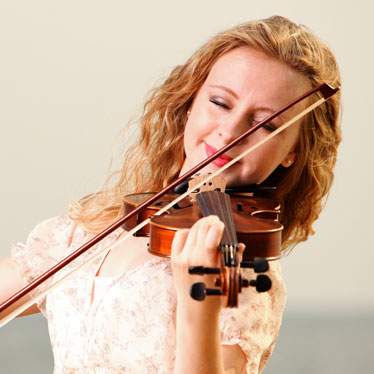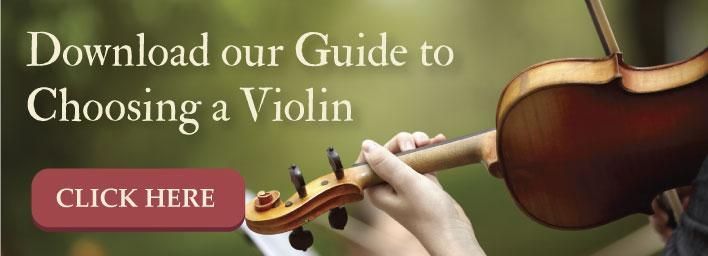How to Choose a Method for Learning to Play the Violin

If you’ve recently decided to learn to play the violin, you’re entering a wonderful world of musical opportunities that—if you stick with it—will provide lifelong benefits and enjoyment. However, many new violin students, regardless of age, often wonder about which method of instruction to choose. In addition to the Suzuki and Doflein methods, there are the American Fiddle and traditional Burklee options as well, along with choices to make concerning private instruction, classroom settings, and do-it-yourself home courses, all of which claim to deliver great results. Therefore, it’s not always easy to decide on the most compatible method.
Moreover, the creation of music is particularly dependent on personal tastes. The instrument you choose to play, your favorite music styles, and the emotional expression created are all subject to the musician’s thoughts and feelings. And because of this, determining on a method of instruction can be a challenge for many beginners. You need to choose a form of training that will offer the best means of success for your unique learning style and musical taste. These ideas can help you narrow your options.
Student’s Age
Probably the most influential factor, the student’s age will often dictate the best method for learning to play the violin. Very young children learn differently than adults. For example, most adult learners are able to draw upon their past experiences to make learning connections, while very young children rely mostly on observation and mimicry. Before choosing an instructional method for learning the violin, consider the age of the learner.
Although young children can certainly learn using online curriculum and training videos, small group classes or attending lessons with a personal instructor often yield greater results than trying to learn on their own. The opportunity for observation is greater. Likewise, it’s not always easy for adult learners to feel comfortable learning one-on-one, and may do better with a detailed online course that allows them to achieve progress at their own pace.
Know Your Expectations
This is another aspect that is very important for choosing a method of instruction. Before making your decision, you should detail your immediate learning expectations. Long-term goals are important too, but mainly you want to create a list of things that appeal to you when learning a new skill. Consider aspects such as:
- Do you prefer mostly hands-on activities?
- Is learning easier for you if you can read about it?
- Are auditory examples better? Would you rather hear something repeated over and over?
- Do you lose interest quickly and need constant stimulation?
- Are you self-motivated and don’t have a problem keeping yourself on task, or do you need outside encouragement?
The answers to these questions will help you determine whether private or group classes will work best, but they will also help you make a selection about what learning method to use. Ask questions about how the method is taught, typical lesson plans and practice ideas, and similar inquiries to ensure that you won’t get bored. By knowing your expectations, you can avoid becoming disinterested and wasting your time and efforts.
Time, Cost, and Other Considerations
Making a commitment to learning an instrument like the violin isn’t cheap. You can find superior quality instruments for reasonable prices, but while the violin is less expensive than a larger instrument like the cello, getting started with it requires an investment. However, rest assured that the lifelong rewards of learning to play the violin are so beneficial that the investment you make will pay off in huge dividends. Before choosing a method of instruction, students and parents should evaluate the time and cost each option will require.
For example, if you currently attend school, play sports, and are part of a number of extra-curricular clubs and groups, you’ll need to honestly gauge how much time you have available each week to include for violin training. Plus, you’ll need to factor in driving time (if you are taking private lessons), and additional practice time at home. To prevent spreading yourself too thin, it might be a good idea to curtail some other activities.
The same considerations are true for cost. Look at the total picture. If you are able to attend instruction through a public or private school setting, great. But, if you need personal training or want to use an online course, make sure you understand the additional investment involved.
Choosing a method of instruction for learning to play the violin really just involves knowing your own likes and dislikes, and understanding how the training will fit into your life. With a little judicious attention, you can find a method that will make learning to play a fun, exciting activity, and one that you’ll be eager to continue for many years.

